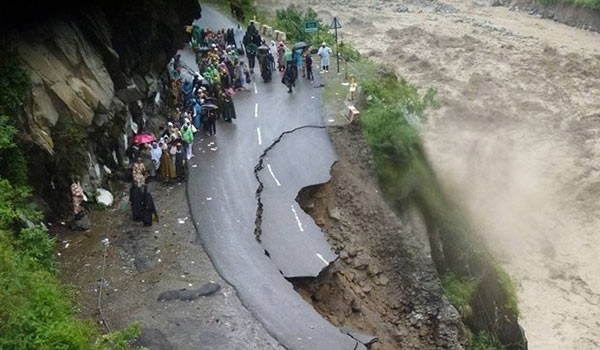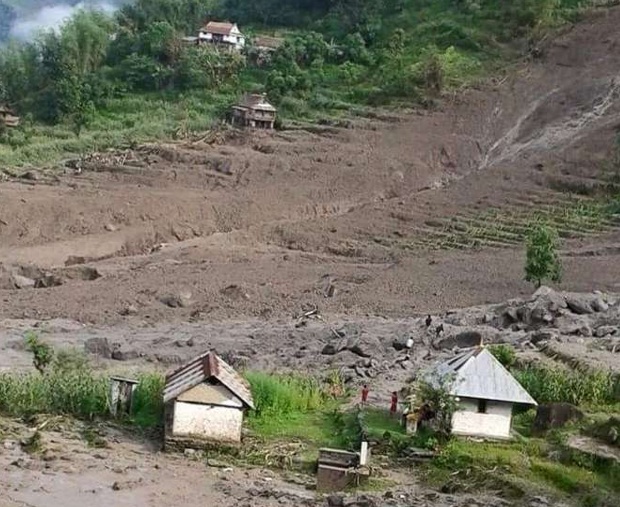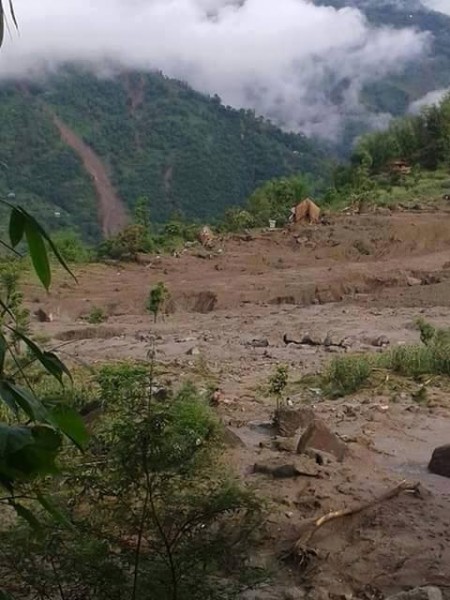Update: Numerous Landslides in Taplejung
The suffering of Nepal continues as the country, still reeling from the destruction of the 7.9 and 7.4 earthquakes of April and May, enters Monsoon season. At least 55 people have been confirmed dead following a massive earthslide in Taplejung. Scores of others are reported missing and the death toll is expected to continue to rise when local communities in 5 other districts are able to establish contact. Huge landslides of rock and mud have swept through Liway, Thokling, Thinglabu and Lingket VDCs triggered by the heavy rainfall of the monsoon season. Some wards in the districts of Khalung and Khokling have also reported landslides.
In Taplejung, about 500 KM east of Kathmandu, people were buried as they slept. Rescuers scrambled through mud and debris looking for survivors, but many are still missing. While a handful of severely injured have been successfully evacuated to hospital, helicopters – the only means of reaching many people – sometimes arrive at a locale only to turn around again and leave since there is no stable ground on which to land. Even footpaths and trails to communities in the landslide areas have been swept away.
Continuing bad weather and fears of more landslides from the unstable grounds of the earthquake areas, are hampering rescue efforts. In many areas, including Tamor, Walakhola, and Doban, people threatened by even more mud and rockslides have been told to move to safer ground. The question is how? How will they get to anywhere safer? Where will they go? Where will they shelter? Who will help them?
Monsoon season lasts in Nepal from mid June until the end of August. Conditions for the people of Taplejung and other hilly areas will continue to deteriorate. People who have worked so hard over the past weeks to patch together a bit of shelter from the destruction of the earthquakes have now seen what little they had built swept away once again in these terrible slides.
Please continue to send your love and support for relief efforts. Now more than ever, that support is needed and will continue to be needed throughout the next three months of the monsoon season.



Leave a Reply